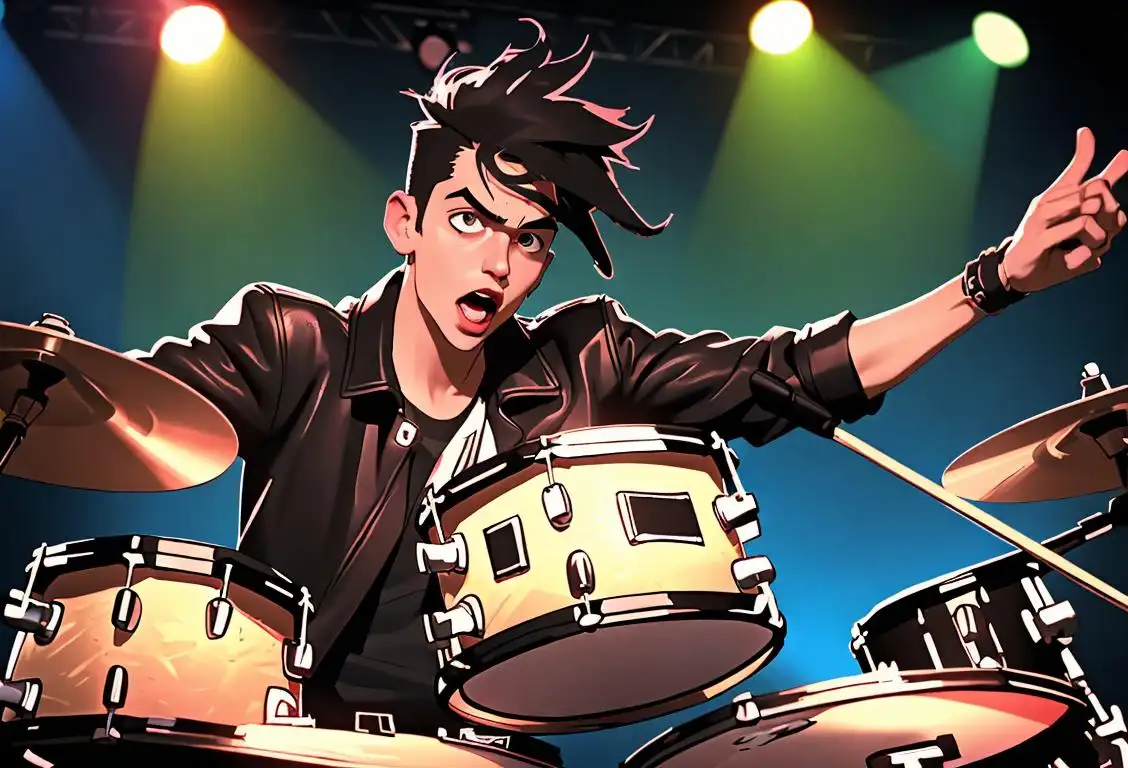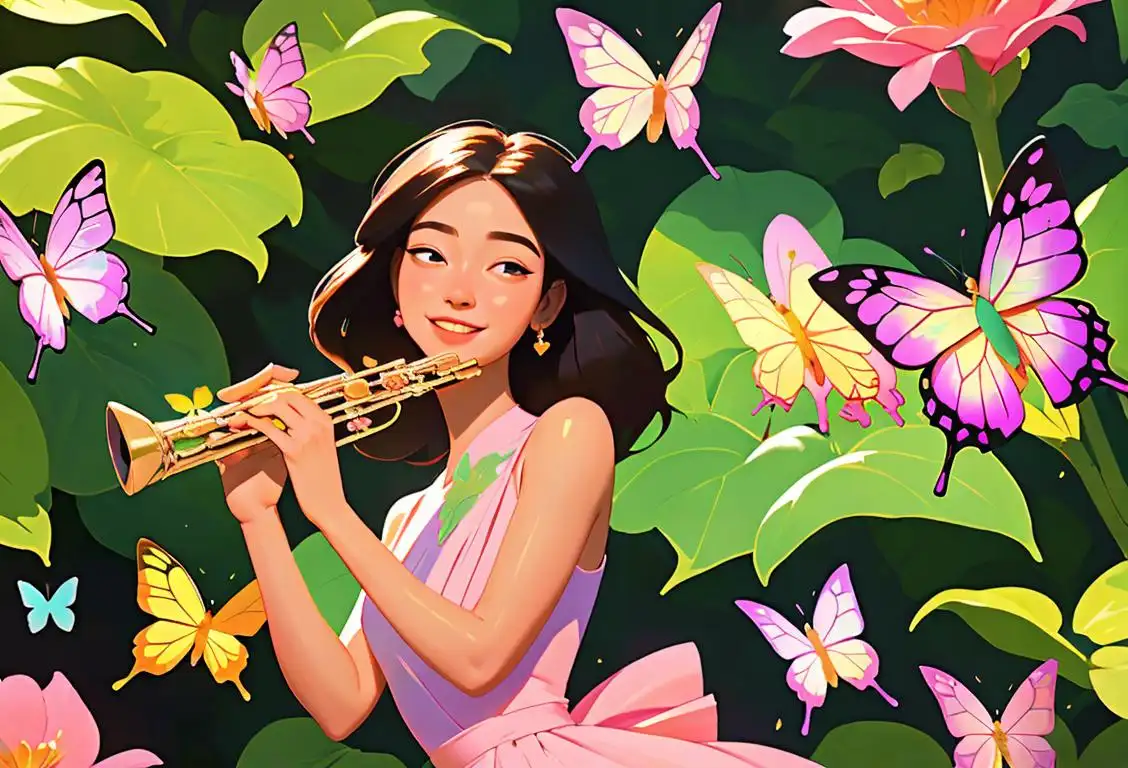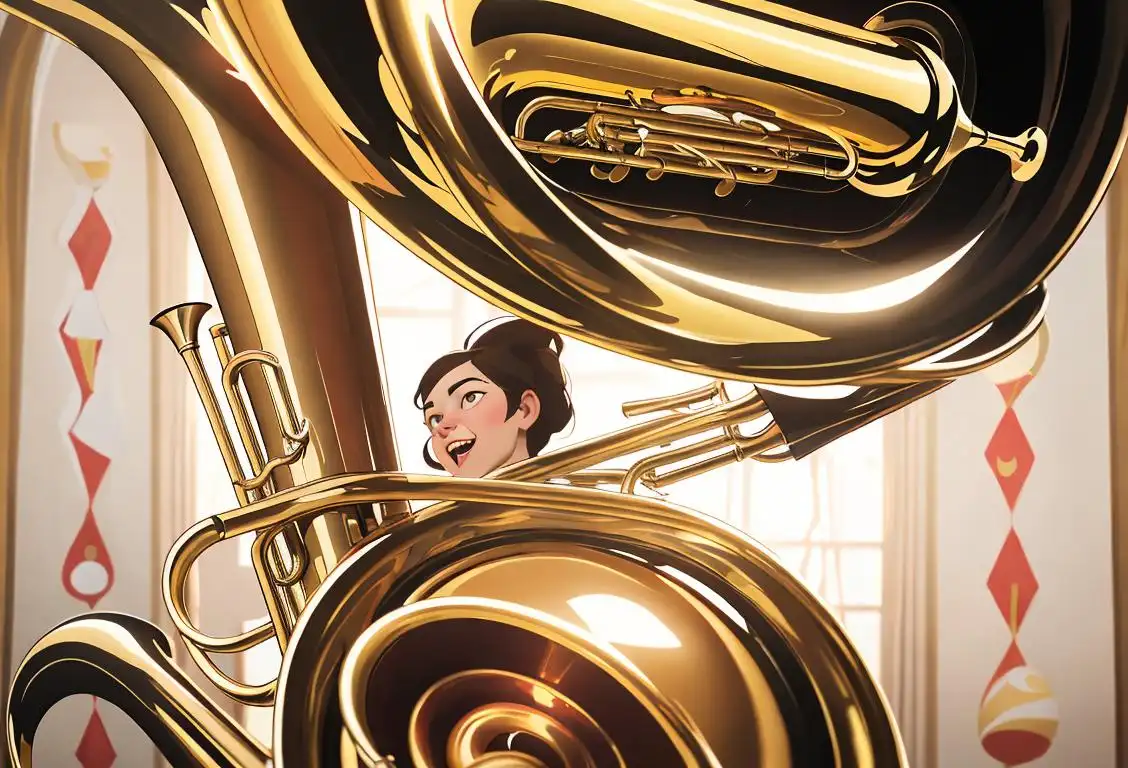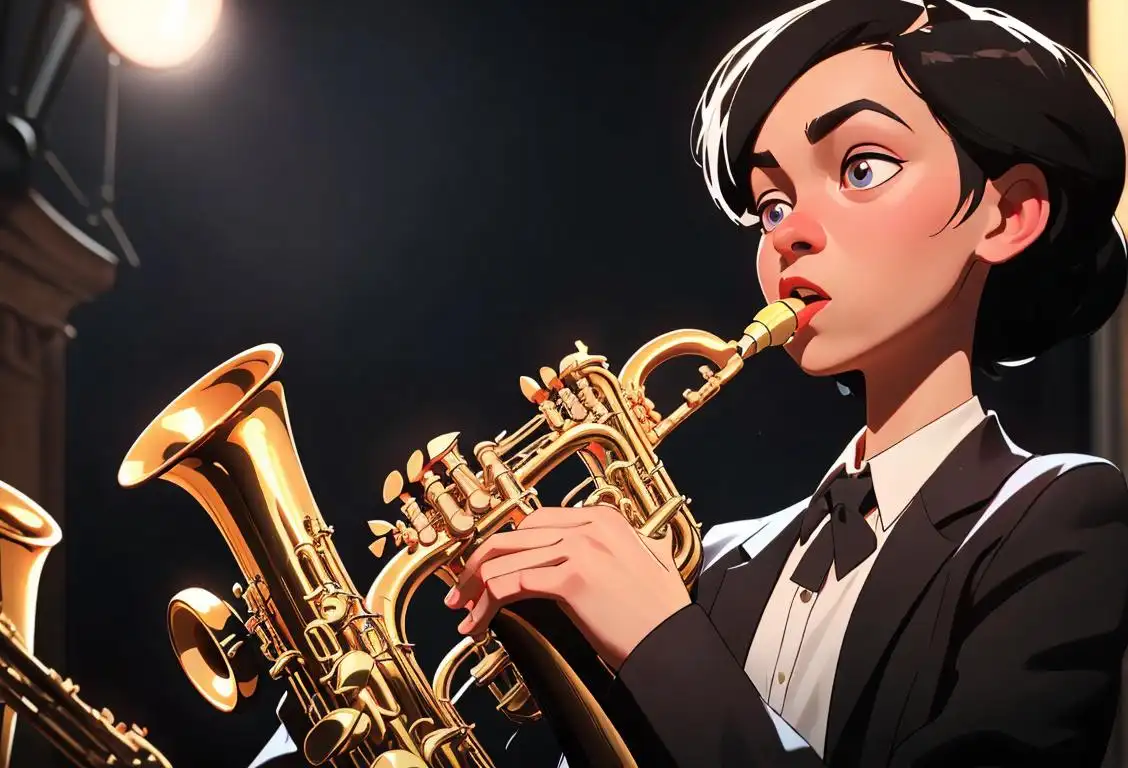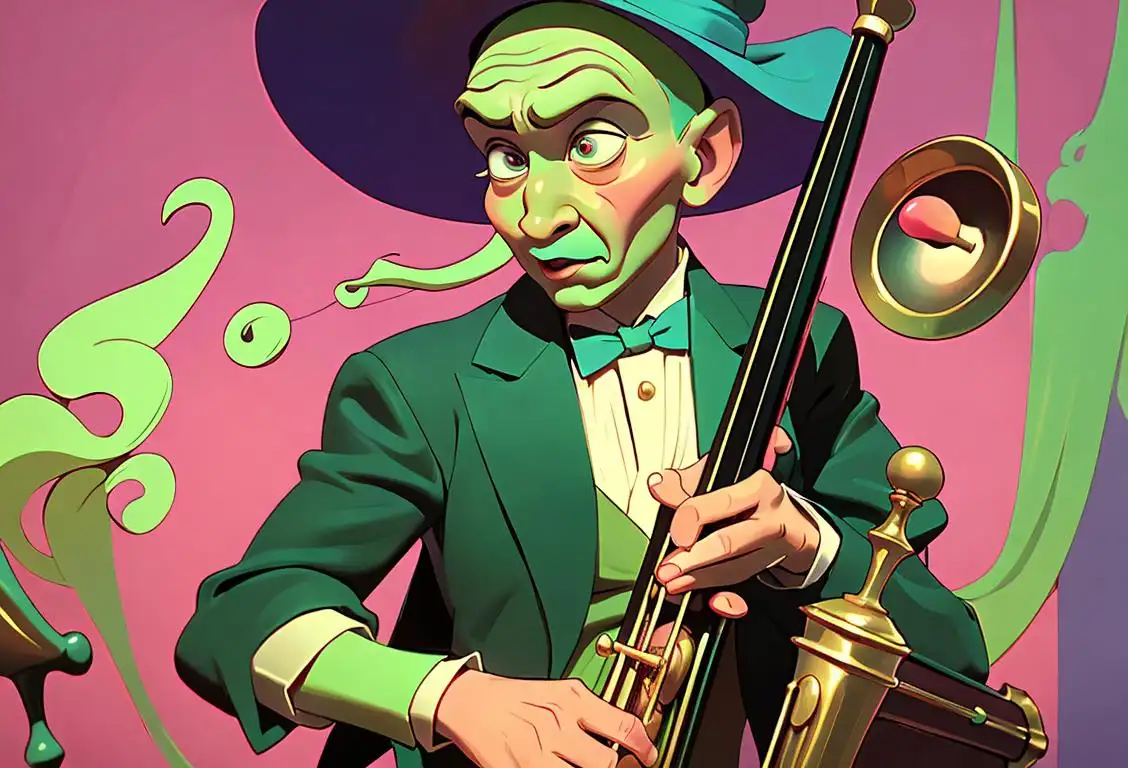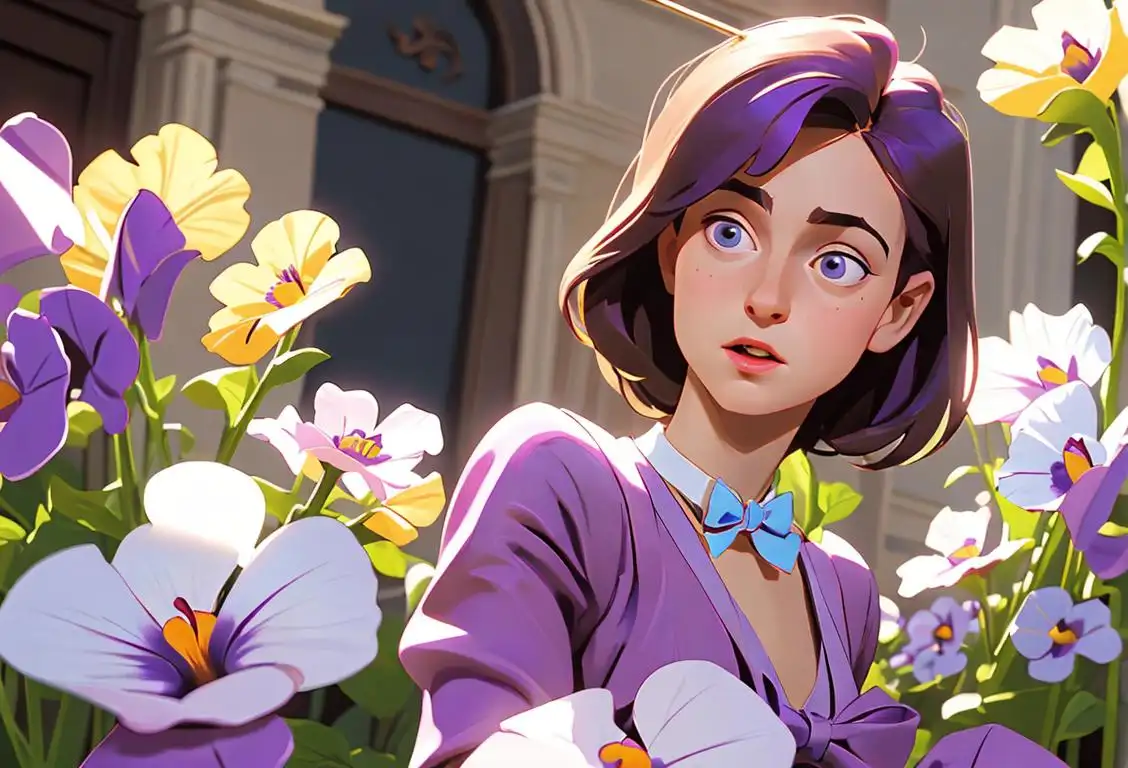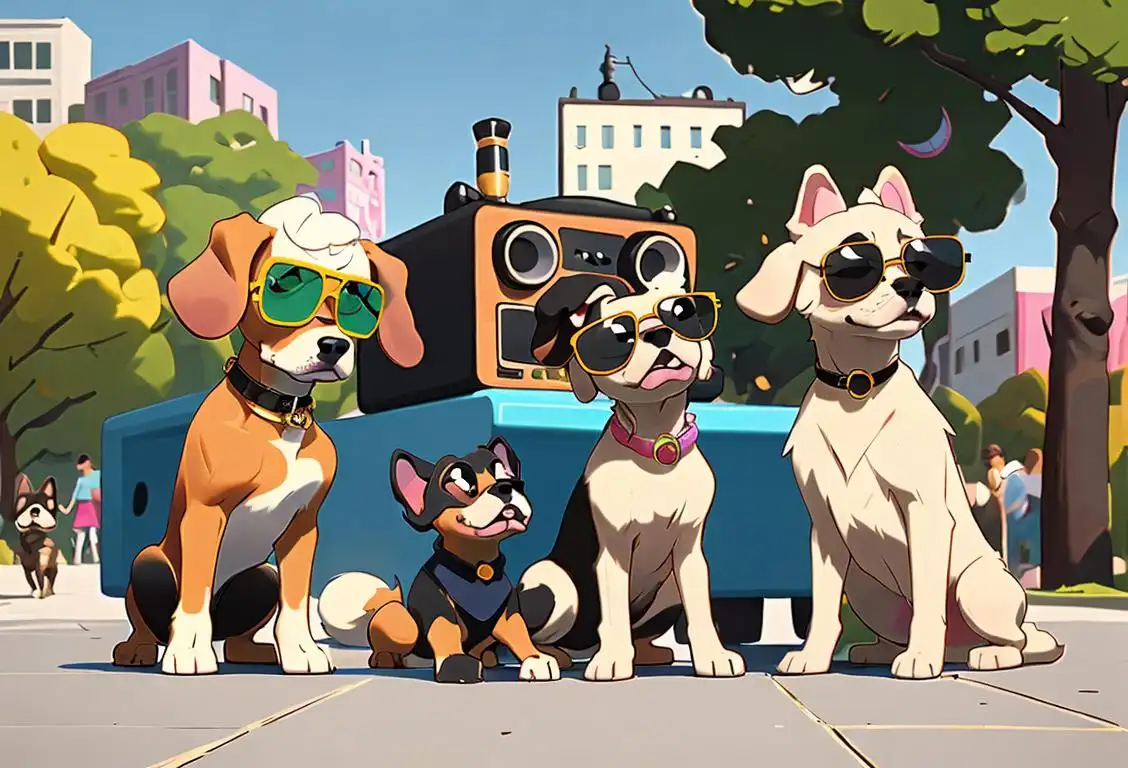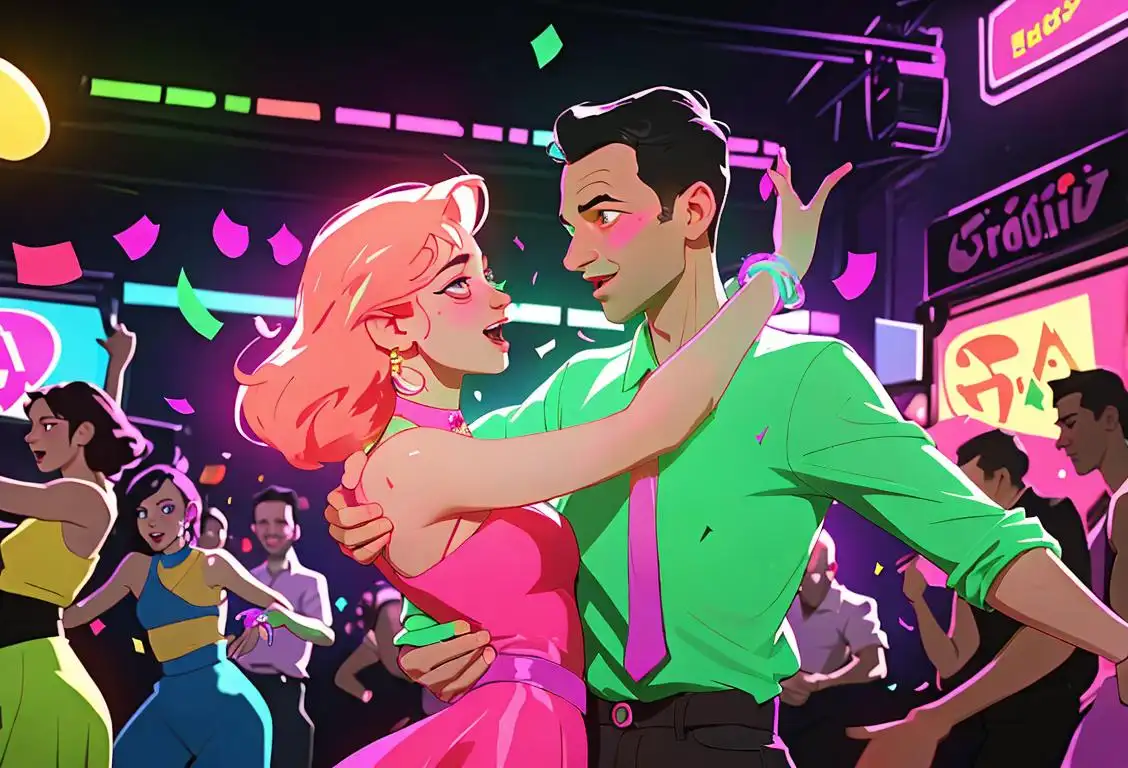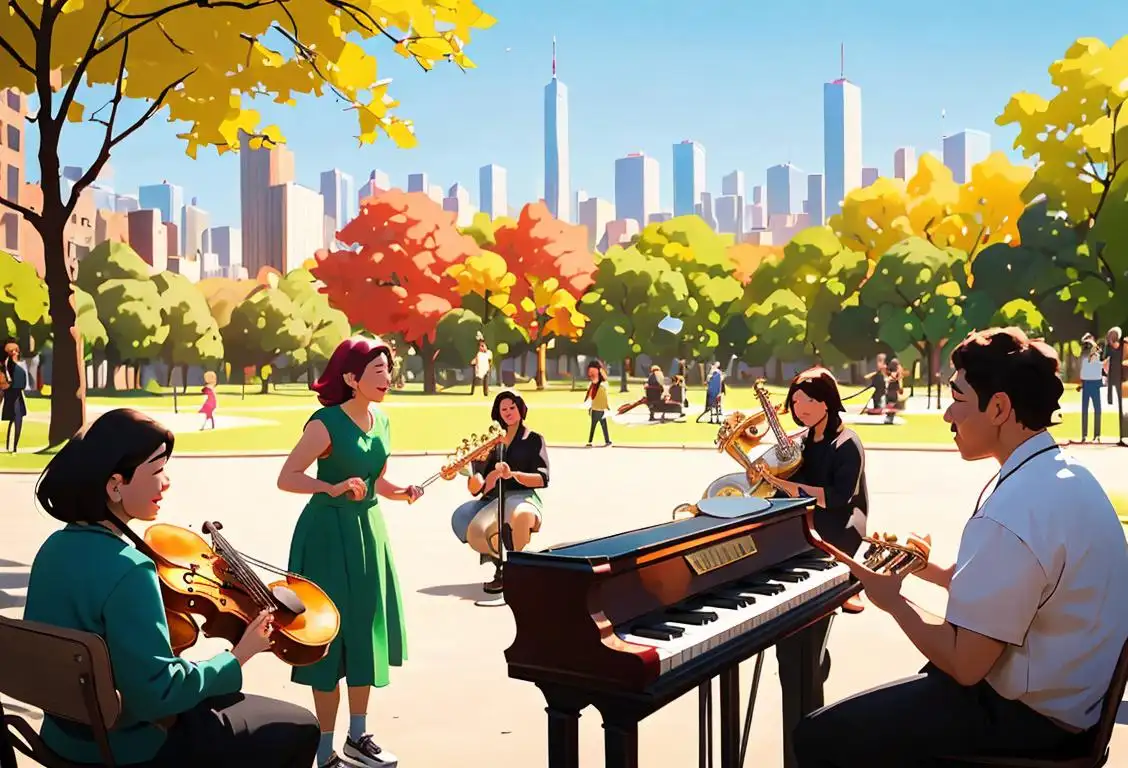National Harp Day
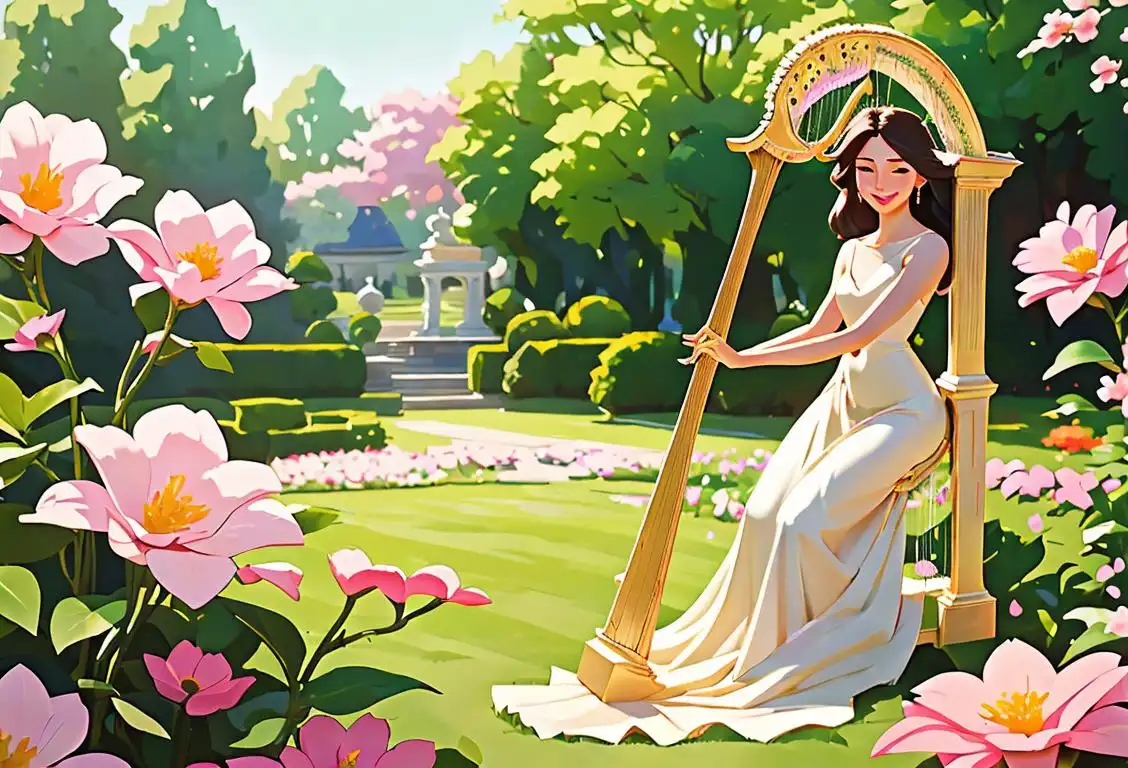
Are you ready to pluck some strings and make beautiful music? Get ready because it's National Harp Day, a day dedicated to celebrating the melodic and enchanting sounds of this ancient instrument!
When is Harp Day?
It's national harp day on the 19th October.
The History of the Harp: From Ancient Times to the Internet
The harp has a long and illustrious history that spans thousands of years. Its origins can be traced back to ancient civilizations such as Egypt and Mesopotamia, where it was often associated with royalty and used as a symbol of power and prestige.
Over time, the harp evolved and found its way into various cultures around the world. It became a popular instrument in Europe during the Middle Ages, and its graceful melodies could often be heard at royal courts and grand celebrations.
Fast forward to the present day, and the harp has not lost any of its allure. In fact, it has gained even more recognition and appreciation thanks to the power of the internet. Musicians from all walks of life can now share their harp performances with a global audience, inspiring others to take up this beautiful instrument.
Celebrating National Harp Day
National Harp Day is a perfect opportunity to explore the captivating world of the harp. Whether you're a seasoned harpist or simply have a keen interest in music, there are plenty of ways to celebrate this day:
- Attend a harp concert or recital in your area. It's a chance to witness the magical sounds of the harp firsthand and gain a deeper appreciation for the instrument.
- Learn to play the harp. If you've always been intrigued by the harp but never had the chance to play, now's the perfect time to start! Find a local music school or hire a private teacher to guide you on your harp-playing journey.
- Listen to harp music online. Thanks to platforms like YouTube and streaming services, you can easily find a wide variety of harp performances to enjoy right from the comfort of your own home.
- Spread the word on social media. Share your love for the harp by posting a video or photo of your favorite harpist, using the hashtag #NationalHarpDay.
Did You Know?
The harp is one of the oldest known stringed instruments in the world. It is believed to have been invented around 3,000 BCE!
History behind the term 'Harp'
3000 BCE
Ancient Origins
The history of the harp dates back to around 3000 BCE in ancient Egypt. It is believed to have originated from the hunting bow, which had a string and a resonator. The design of the harp evolved over time, with the addition of more strings and the use of different materials for both the body and strings.
850 CE
Introduction to Europe
The harp was introduced to Europe during the Middle Ages, specifically in the 9th century. It gained popularity among the nobility and was an integral part of courtly entertainment. Harps during this time had a curved pillar and were played with the fingers rather than with a pick or plectrum.
17th Century
Harps in Ireland
During the 17th century, the harp became closely associated with Ireland and Irish culture. The Irish harp, also known as the Celtic harp or cláirseach, became a symbol of national identity. It was often depicted in Irish folklore, poetry, and traditional music. Today, the Irish harp is a recognized emblem of Ireland.
1800s
Innovation and Pedal Harps
In the 19th century, significant advancements were made in harp design. The pedal harp, also known as the concert harp, was invented. This type of harp introduced a mechanism of pedals that allowed players to change the pitch of the strings. The pedal harp became the standard in orchestras and music conservatories, enabling more intricate and expressive performances.
20th Century
Harps in Popular Music
In the 20th century, the harp expanded its presence beyond classical and traditional music. It started to appear in popular genres such as jazz, folk, and even rock. Harpists like Dorothy Ashby and Joanna Newsom gained recognition for their innovative approaches to playing the harp, bringing this ancient instrument to new audiences.
Did you know?
Fun fact: The harp is one of the oldest known stringed instruments in the world. It is believed to have been invented around 3,000 BCE!Tagged
celebration music instrumentsFirst identified
4th November 2017Most mentioned on
19th October 2019Total mentions
315Other days
Drummer Day
Harp Day
Flute Day
Tuba Day
Saxaphone Day
Piccolo Day
Viola Day
Dogg Day
Giggs Day
Music Day
